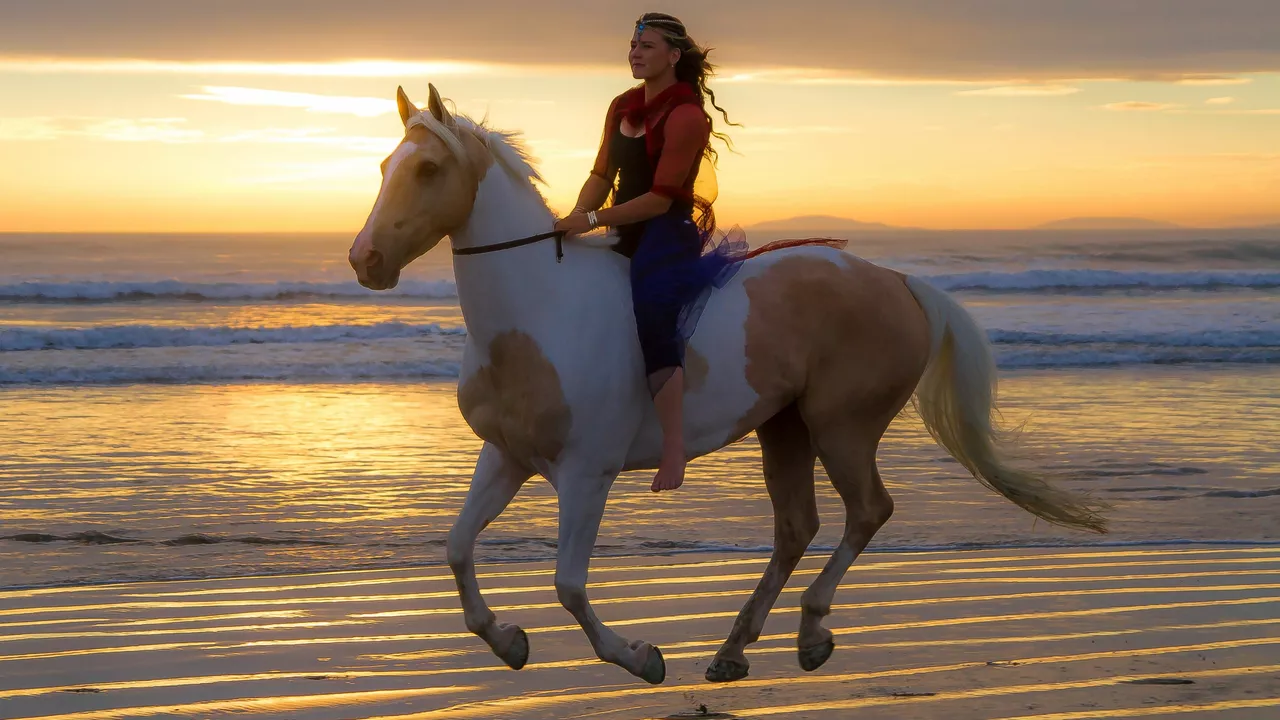Animal Welfare Tips Every Horse Owner Should Know
Ever wonder why some ponies seem to thrive while others barely get by? It usually comes down to everyday choices you make. Simple steps like checking feed, watching for signs of stress, and using the right gear can make a huge difference. Below are the most useful animal welfare pointers you can start using right now.
Basic Care: Feed, Water, and Shelter
Good nutrition is the foundation of any healthy horse. Offer a balanced diet of good-quality hay, fresh pasture when possible, and a measured amount of grain. Too much grain can cause colic, so stick to the recommended amounts for your pony’s size and workload.
Water is just as important as feed. Horses need clean, fresh water at all times. Check the trough daily for debris, algae, or leaks. In hot weather, add a bucket of shade‑cool water to encourage drinking.
Shelter protects your horse from the elements. A simple three‑sided barn or a well‑ventilated run‑in shed works for most climates. Make sure the floor is dry, and provide extra bedding during winter to keep hooves from getting soggy.
Health Checks and Safe Riding Gear
Regular health checks catch problems before they become serious. Feel the temperature of each leg, watch the joints for swelling, and look at the eyes and nostrils for discharge. A quick once‑a‑week exam saves you money on vet bills later.
Riding gear can hurt or help your pony’s welfare. A poorly fitting saddle creates pressure points that lead to sore backs. Always have a professional fit the saddle and adjust the stirrups so the horse’s legs stay relaxed.
Helmets aren’t just for the rider. A well‑fitted helmet protects you, which means you stay in the saddle longer and your horse stays calm. If you ride with a group, insist that everyone wears a helmet – safety is a team effort.
Training should be humane and consistent. Use positive reinforcement like a gentle pat or a treat when your pony does something right. Avoid harsh bits or yelling; they cause fear and can damage the trust you’re building.
Social interaction matters too. Horses are herd animals, so they need companionship. If you only have one pony, consider a companion animal or regular turnout with other horses to keep loneliness at bay.
Finally, keep an eye on mental wellbeing. A bored horse might start chewing fences or develop stereotypies like swaying. Rotate pastures, introduce new obstacles, or try light groundwork to keep the mind engaged.
By following these straightforward animal welfare tips, you’ll notice a healthier, happier pony in just a few weeks. Small changes add up, and the payoff is a strong bond that lasts a lifetime.

As a horse lover and a part-time cowboy, I've often pondered the same question, "Does it hurt a horse to have someone ride him?" Well, saddle up, folks, for the answer is as bouncy as a wild bronco! Generally, horses are built to carry weight and, with proper training and equipment, they can happily trot around with a human on their back. But remember, a horse isn't a 4x4 vehicle! Overloading them or using ill-fitting tack can cause discomfort or even pain. So, just like you wouldn't want to wear shoes two sizes too small, make sure your horse's saddle is a perfect fit!
Read more
